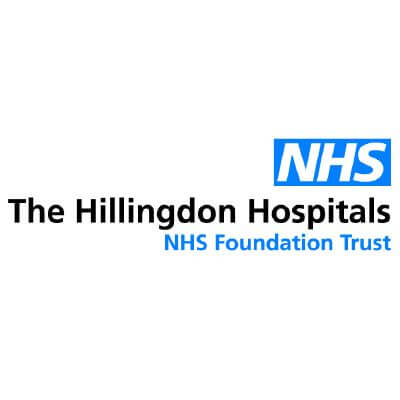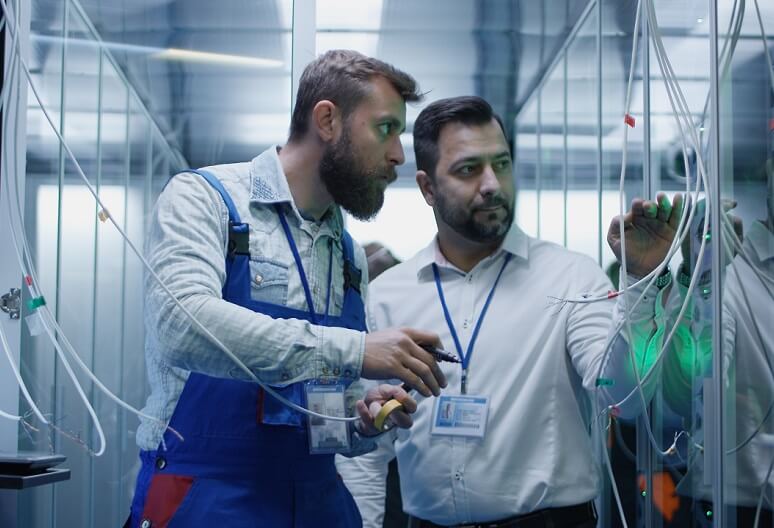Costing teams within NHS healthcare organisations can play a vital role in identifying inefficiencies and cost improvements that will enhance services. This means they deserve an exceptional Patient Level Costing Solution (PLICS) that will not just handle the NCC submission, but will also give them the tools to flourish in several other capacities from making meaningful decisions to developing internal reports that will consistently validate these decisions and benefit both healthcare professionals and patients daily.
But what makes an exceptional costing system? And why exactly is it so important? That’s what we’ll discuss in this blog so you can make an informed choice on what you should be getting out of your PLICS solution.
What capabilities should you look for in an exceptional patient level costing solution?
If you want your PLICS system to be considered exceptional, these are the capabilities that you should be looking for:
Accessibility & ease of use that encourages self-sufficiency…
Ease of use is key to assessing how good a costing system is – your costing system should help your team be more efficient not hold them back. Your costing team should be able to run calculations quickly so that they can maximise their time analysing the data rather than exhausting their efforts trying get the data in a comprehensible form.
…no matter what level of technical skill you have in the team
Another sure sign that you have an outstanding costing system is that it is an end-to-end solution that can be easily accessed by any team member with any technical skill level. This helps the process of migration and implementation through to data dissemination be as seamless as possible. A solution that’s customised and flexible in its design will encourage all team members to use it regularly to continuously meet NHS needs and challenges as they arise.
Simple & successful National Cost Collection (NCC) submissions
As well as being compliant to meet your annual costing return and meeting the National Cost Collections and PLICS submission requirements, an optimal costing system will also include the tools and supplier support to make the often-onerous submission process as simple as possible. The value of an experienced supplier supporting you through the process cannot be overstated, as this means you can be confident in your team submitting on time and without errors no matter its size.
Insights & analytics that are accurate & reliable
Another feature of an exceptional costing system is that it is capable of easy integration with your organisation’s wider analytics platform or strategy. Your costing system should act as a reputable source for sharing data widely, both across your organisation and, most importantly, with ICS Partners. The more secure and trustworthy the analytics you can integrate, the easier it will be for your costing team to collaborate with members of the ICS on treatment cost analysis and the impact of recovery plans.
Low cost, high return on investment for your organisation
Do you find your team spending excessively on a solution that causes frustrations or complications? An outstanding costing solution will be of reasonable cost to your organisation and simplify your experience, resulting in a high return on investment and low total cost of ownership (TCO).
Why the quality of your costing system matters
An exceptional costing system creates a reduction in unwarranted variations and will help your team orchestrate strategic service transformation through insightful analysis of the costing data. It will also encourage an information-driven culture and increased data literacy not just within the costing team, but across the organisation. This will help NHS organisations secure healthy financial positions and deliver optimal outcomes.
Adopting and implementing a state-of-the-art costing solution like Synergy is not as challenging as you may think. The long-term benefits of doing so far outweigh the short-term feelings of uncertainty so is something you should consider when thinking about a potential upgrade to your existing system.
If you’d like to find out more about how a new and improved costing system could help your organisation, please contact our expert, Susan Brooks. or take a look at Synergy, our PLICS System and what our customers have to say about it.











